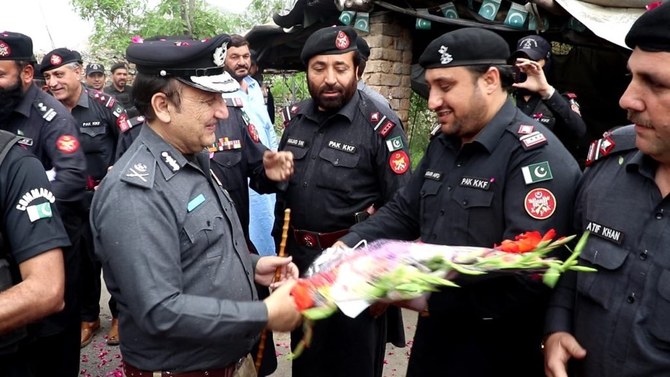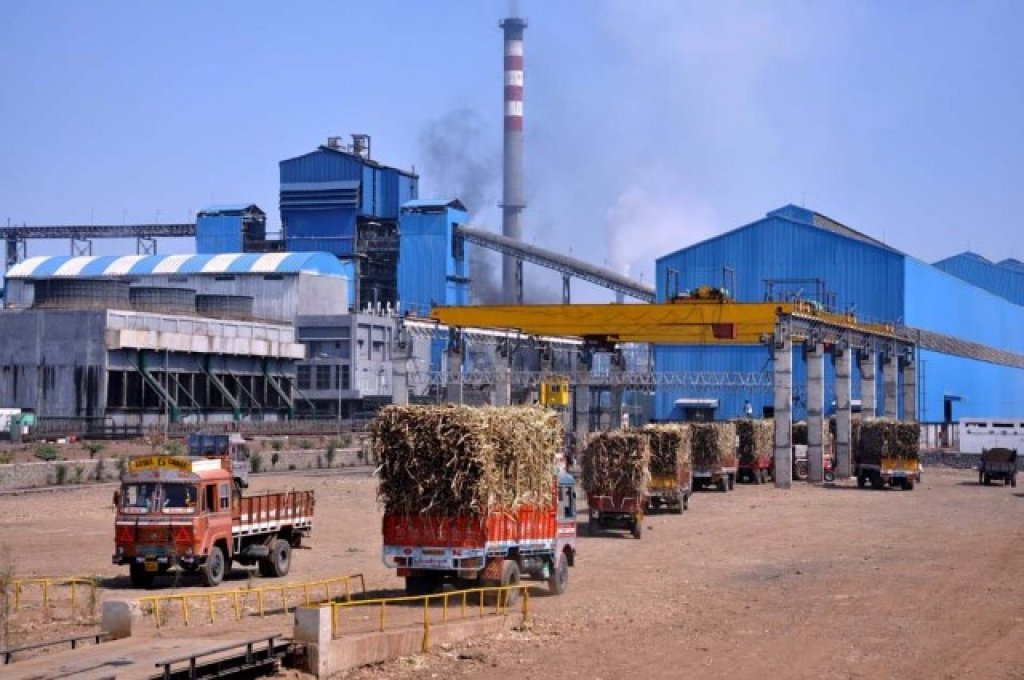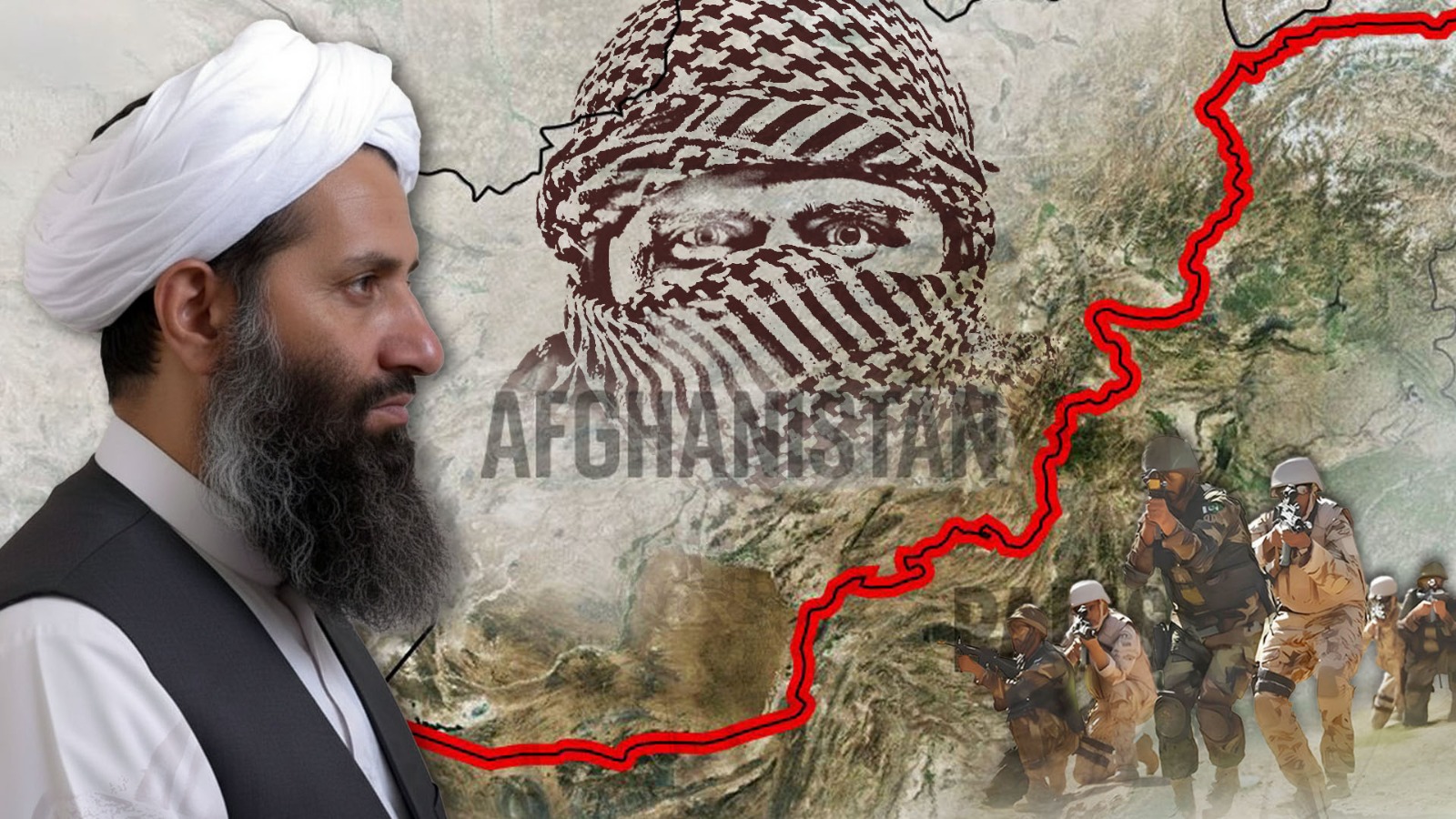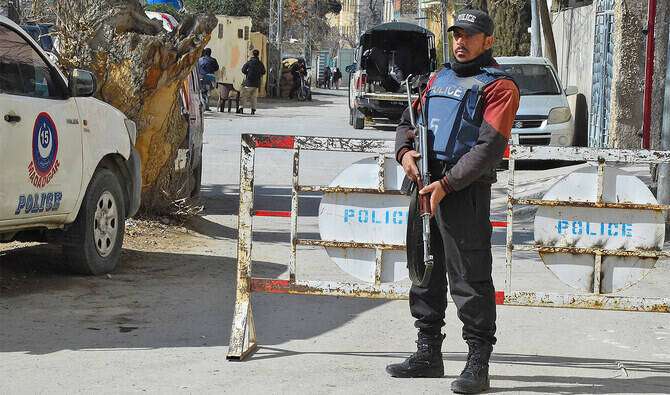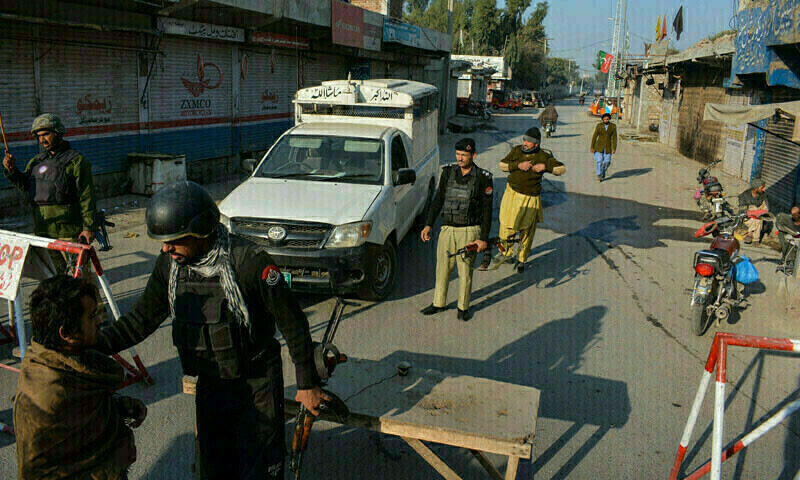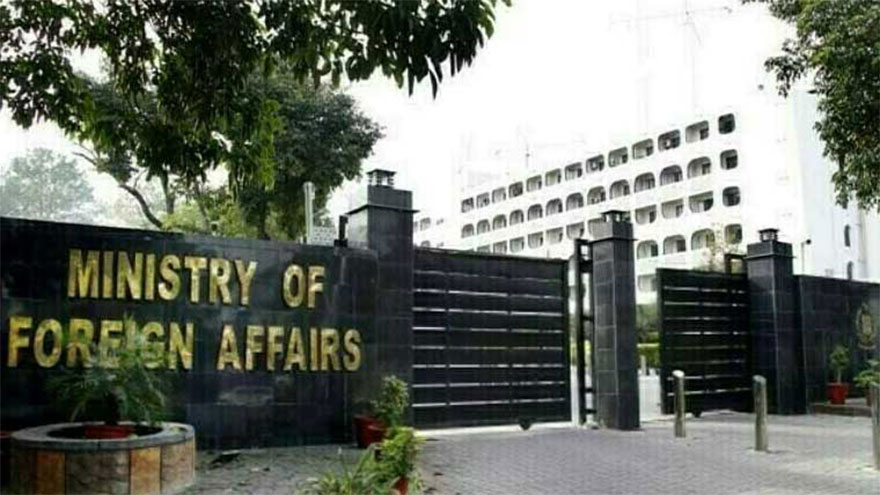Following the 25th Constitutional Amendment, a formal police system was introduced in Pakistan’s formerly Federally Administered Tribal Areas (FATA), now merged into Khyber Pakhtunkhwa (KP). Despite this transition, the new system remains deficient in meeting basic operational needs. According to police documents, the current force comprises over 29,000 personnel, many of whom were previously part of the traditional Khasadar Force.
A major challenge is the lack of education; documents reveal that in 2022 and 2023, 60% of the police force in these districts was illiterate. Efforts are underway to improve capacity, with 1,000 new officers recently recruited, including 35 women. The plan is to increase the total number of female officers to 135. Training for these new recruits, as well as the former Khasadar personnel, is ongoing, with police documents indicating that training for 10,000 new personnel was completed by 2024.
How many police stations have been built in the former tribal districts?
The establishment of police infrastructure is proceeding gradually. Police records show that a total of 18 new police stations have been established across the former tribal districts by 2024: three in Orakzai, five in Kurram, four in Bajaur, two in Mohmand, three in North Waziristan, three in South Waziristan, and one in the former FR (Frontier Region). Furthermore, offices for the Special Branch and Counter-Terrorism Department (CTD) have also been set up.
Financially, the police budget has seen an increase, but most of it is consumed by salaries. The police budget for 2019-2020 was approximately 15 billion rupees, with 94% spent on salaries. By 2024-2025, the budget rose to 24 billion rupees, yet a staggering 97% of it is being utilized for salaries, leaving minimal funds for modern equipment and operations.
Counter-Terrorism and Modernization Gaps
Experts and officials stress that the police force in these areas faces severe challenges in combating terrorism. Salahuddin, former Additional Inspector General of KP Police, stated that the current modern training is inadequate, and more resources are urgently needed to effectively counter terrorist threats. He cautioned that fully stopping terrorism in the former tribal districts is difficult with the current budget, training, and manpower.
The security situation is complicated by the influx of sophisticated weaponry following the US forces’ withdrawal from Afghanistan, where an estimated $7 billion worth of weapons were left behind. Experts claim that the majority of these arms, including night-vision devices, have fallen into the hands of the Pakistani Taliban, who are using them for targeted killings against the police at night. While police documents show that phased training is being implemented, the KP Police recently acknowledged the threat, announcing that they have made special arrangements for night vision equipment in the southern districts, which has been provided to most police stations.
Government Response
In response to these gaps, the federal government announced the allocation of approximately 36 billion rupees for the former tribal districts under the EEP (Enhanced Economic Plan) this year. Of this amount, 7 billion rupees were specifically earmarked for the police. Federal Minister Ahsan Iqbal confirmed that these funds would be used to purchase modern weapons, provide advanced training, and address other critical deficiencies within the police force of the formerly tribal regions.

